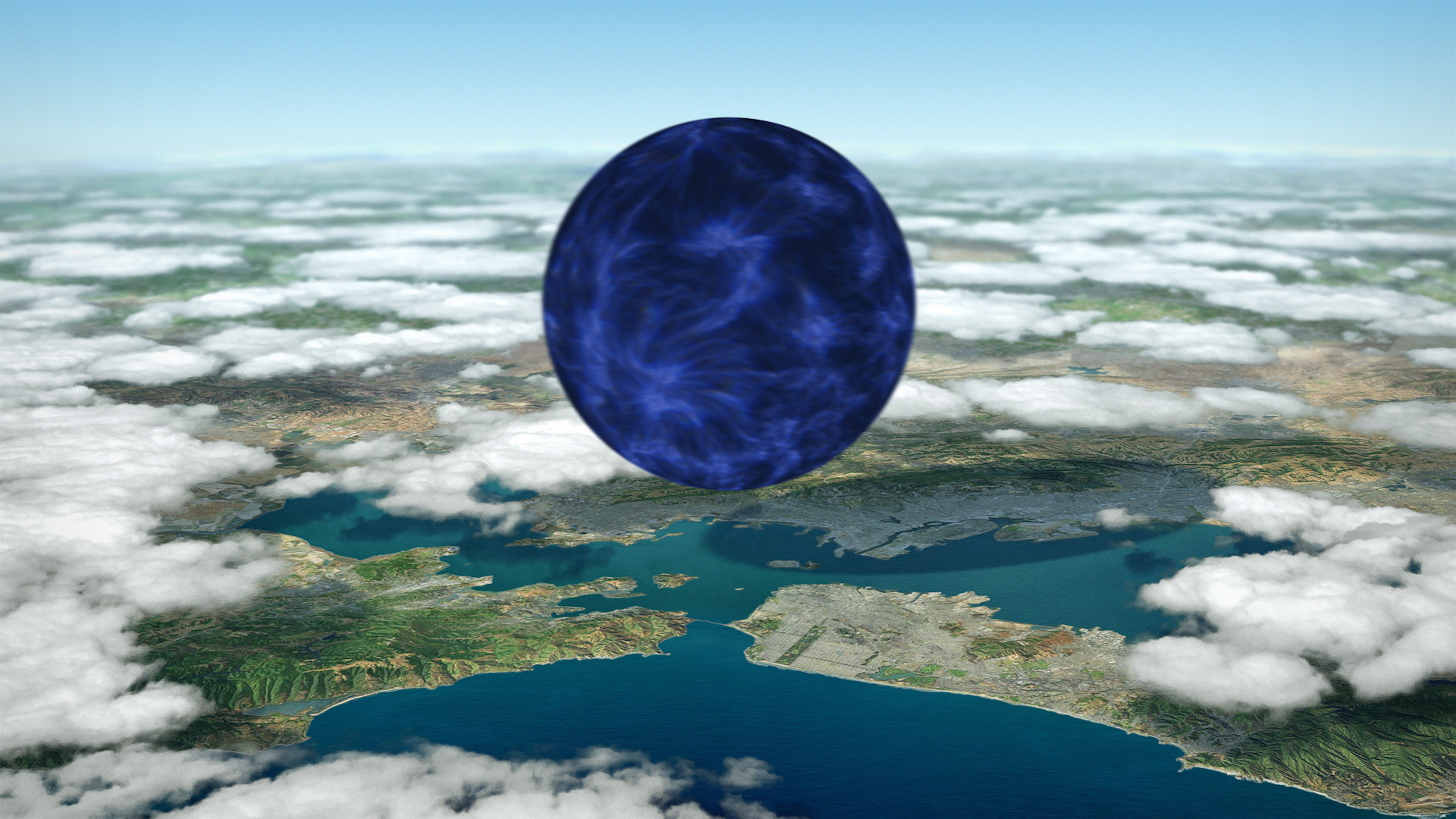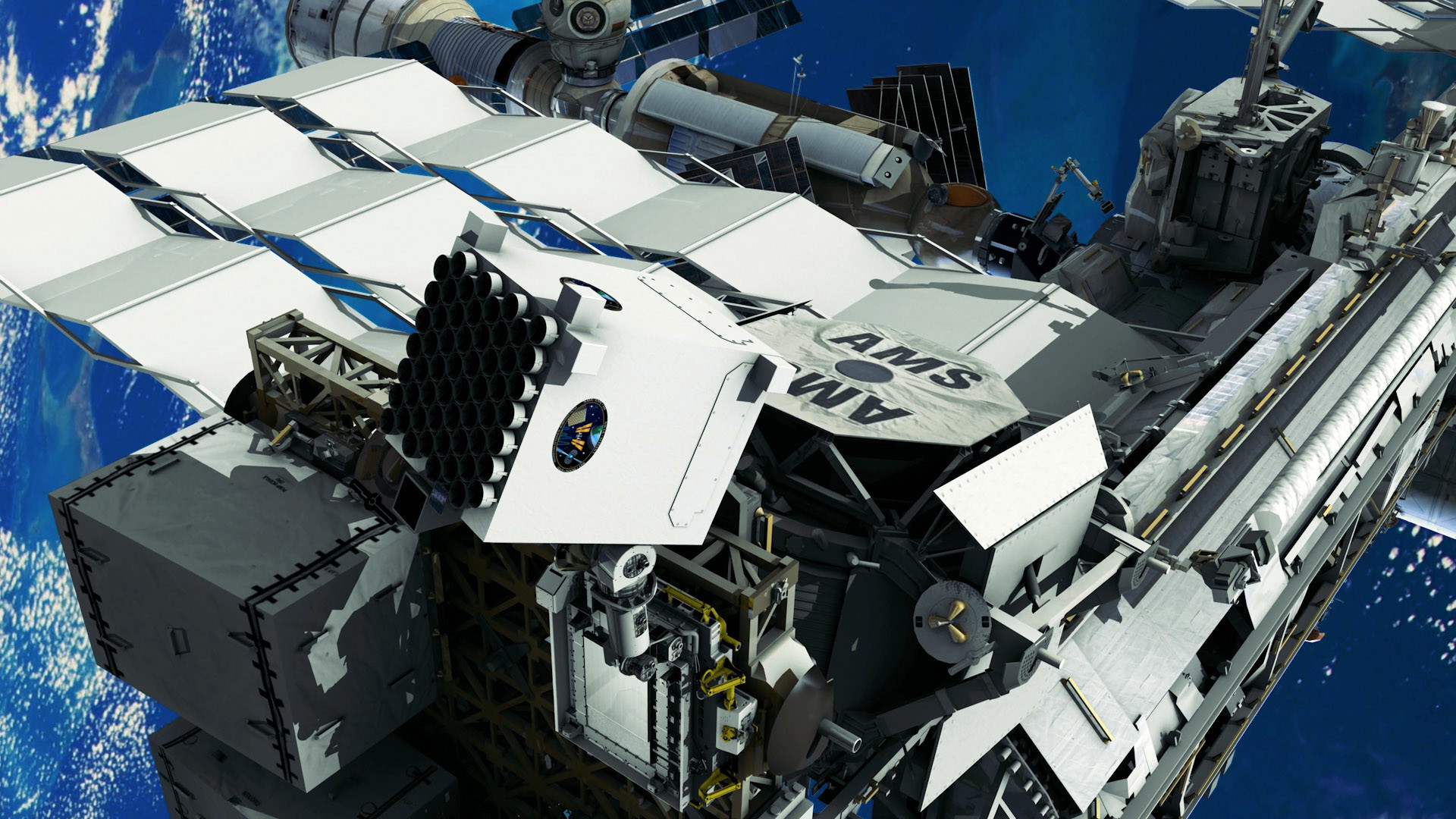This weekend, NASA will be sending a new tool, called NICER, to the International Space Station (ISS). Carried by a commercial SpaceX Falcon-9 rocket, NASA hopes this tool will help find answers for one of the most powerful and mysterious forces in the universe: The NEUTRON STAR.
Learning about neutron stars could help scientists understand more about both the nature of matter in the universe and, perhaps, how to get around it. CGTN America’s Joshua Barlow has more.

NASA finds a NICER way to study neutron stars
This weekend, NASA will be sending a new tool, called NICER, to the International Space Station (ISS). Carried by a commercial SpaceX rocket, NASA hopes to find answers for one of the most powerful and mysterious forces in the universe: The NEUTRON STAR. Learning about neutron stars could help scientists understand more about both the nature of matter in the universe and, perhaps, how to get around it.WHAT IS A NEUTRON STAR?
According to NASA, neutron stars begin their life as a normal star between seven and 20 times the mass of Earth’s sun. When the star runs out of fuel, it collapses under its own weight, crushing its core and triggering a supernova.
Larger stars that supernova are believed to form black holes. But different from black holes, which give off no light and require special instruments to detect – neutron stars are visible with telescopes. Usually in the form of rotating pulsars.
Neutron stars are the most dense objects in the known universe. The gravity around them is so strong, it actually warps space-time and bends the light that it emits.
Neutron stars are usually about the size of a city, but contain twice the mass of Earth’s sun. For example, NASA says one teaspoon of neutron star matter would weigh a billion tons on Earth – about the mass of Mount Everest.
Because of this extreme density, scientists have wondered for decades how matter behaves inside a neutron star. While they have been able to determine the outer layers of a neutron star, the inner core is still a mystery.
WHAT IS NICER?
NICER stands for Neutron-star Interior Composition Explorer. It is essentially a telescope… with a specific purpose.
When installed atop the ISS, NICER will capture the changes in brightness and gravitational distortion of these stars. Measuring these fluctuations may help scientists better understand the radius of neutron stars and nuclear reactions within their interior.
NICER will also collect data from rapidly rotating neutron stars, known as pulsars. As pulsars can spin up to hundreds of times per second – they emit near light-speed beams of radiation seen in the radio, optical, X-ray or gamma-ray spectrum. The frequency of these beams are comparable to the atomic clocks used in Earth’s global positioning satellites (GPS).
Data collected by NICER will be analyzed by its built in Station Explorer for X-ray Timing and Navigation Technology – or SEXTANT, named for the navigation tool used on boats for centuries.
Functioning as cosmic beacons, neutron stars and their emissions might greatly aid future space missions navigate interstellar space.
NASA isn’t the only one interested in what neutron stars have to offer. China plans to launch its own X-ray space telescope to study neutron stars, black holes, and other cosmic phenomena later in 2017.
 CGTN America
CGTN America




